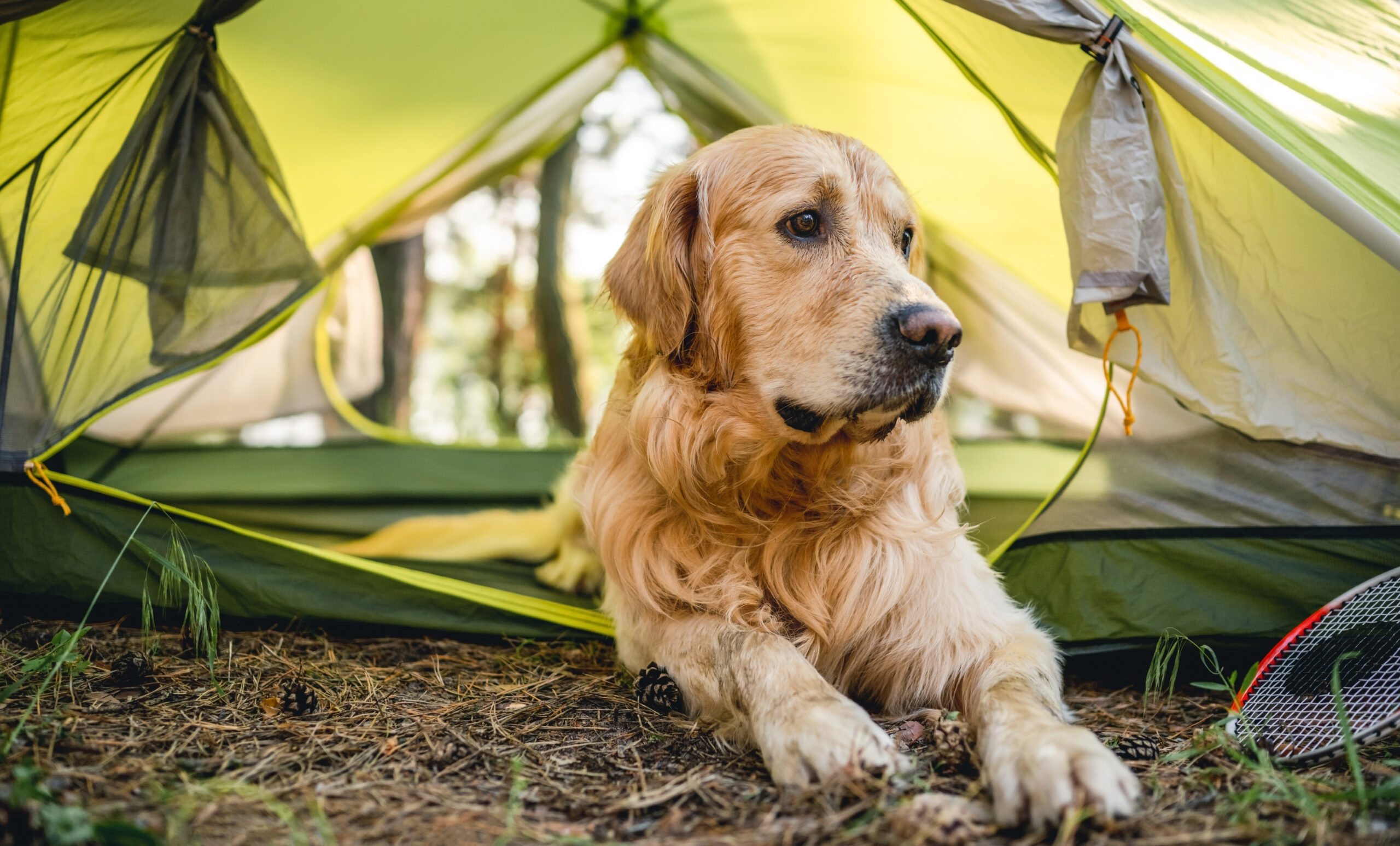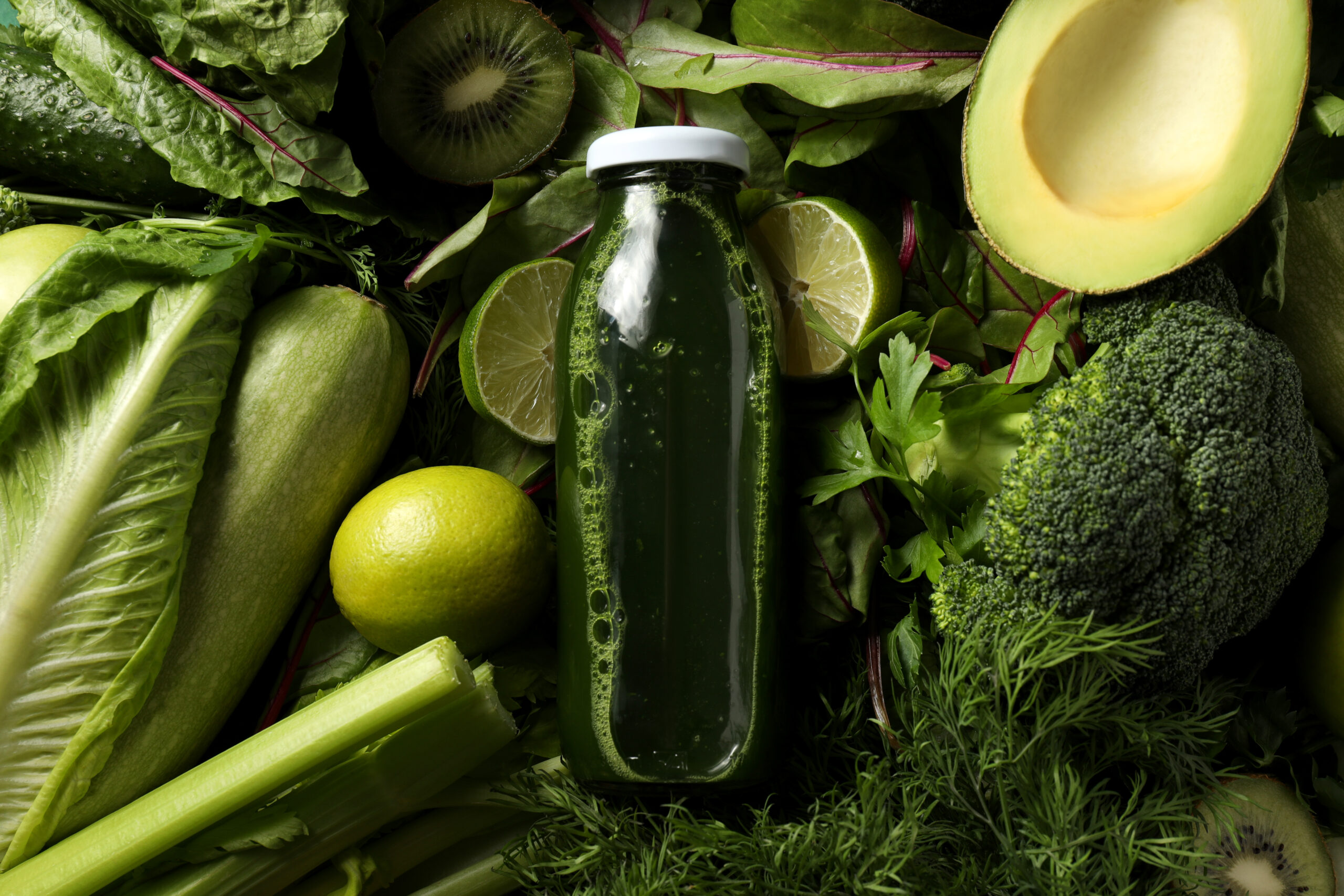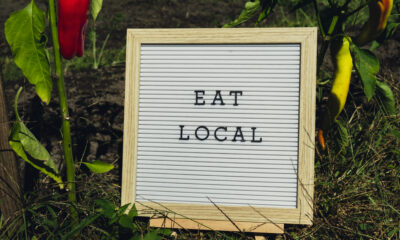Lifestyle
From Woofs to Wheels: Pet-Friendly Campsites & Adventures
Discover the best pet-friendly campsites, packing tips, and outdoor adventures for you and your dog. Plan the ultimate pet-friendly camping trip today!

For pet owners, leaving a furry friend behind while embarking on a camping trip can feel like leaving a family member behind. Fortunately, the rise of pet-friendly campsites and outdoor adventures means you no longer have to choose between your wanderlust and your four-legged companion.
From scenic hikes to lakeside retreats, pet-friendly camping is becoming more accessible than ever. In this guide, we’ll explore the best pet-friendly campsites, essential packing tips, and exciting adventures you and your pet can enjoy together.
Why Choose Pet-Friendly Camping?
1. Strengthening the Bond with Your Pet
Traveling with your pet enhances your connection. Exploring new terrains, playing fetch by the campfire, and snuggling under the stars create unforgettable memories.
2. Health Benefits for Both You and Your Pet
Outdoor activities keep both humans and pets active. Hiking, swimming, and running through open fields improve cardiovascular health and reduce stress.
3. No Need for Pet Sitters or Kennels
Leaving pets behind can be stressful for both owner and animal. Pet-friendly camping eliminates the need for expensive boarding or worrying about your pet’s well-being.
Top Pet-Friendly Campsites in the U.S.
1. Yosemite National Park, California
- Pet Policy: Pets are allowed in developed areas, campgrounds, and some trails (like Wawona Meadow Loop).
- Highlights: Stunning waterfalls, pet-friendly lodges, and scenic walks.
2. Acadia National Park, Maine
- Pet Policy: Over 100 miles of pet-friendly hiking trails.
- Highlights: ocean views, carriage roads perfect for leashed walks, and dog-friendly beaches.
3. Grand Canyon National Park, Arizona
- Pet Policy: Pets are allowed on South Rim trails (leashed).
- Highlights: Breathtaking canyon views and pet-friendly shuttle buses.
4. Shenandoah National Park, Virginia
- Pet Policy: Most trails allow pets (except a few rocky areas).
- Highlights: Scenic Skyline Drive and waterfall hikes.
5. Assateague Island, Maryland/Virginia
- Pet Policy: Pets are allowed in certain areas (check seasonal restrictions).
- Highlights: wild horses, beach camping, and ocean adventures.
Essential Packing List for Pet-Friendly Camping
1. Safety & Health Supplies
- Leash & Harness: Even in pet-friendly zones, a leash ensures safety.
- ID Tags & Microchip Info: In case your pet gets lost.
- First-Aid Kit: Include pet-safe antiseptics, bandages, and tweezers for ticks.
- Medications & Vaccination Records: Some campsites require proof of vaccinations.
2. Comfort & Shelter
- Portable Pet Bed or Blanket: Keeps them cozy at night.
- Collapsible Bowls: For food and water on the go.
- Doggy Tent or Sleeping Bag (for cold weather): Extra warmth for chilly nights.
3. Food & Hydration
- Enough Food for the Trip: Pack extra in case of delays.
- Water Bottle with Built-in Bowl: Hydration is key during hikes.
- Treats & Chew Toys: Keeps them occupied at the campsite.
4. Clean-Up Essentials
- Poop Bags: Always clean up after your pet.
- Towels & Wipes: For muddy paws and quick clean-ups.
- Pet-Safe Bug Spray: Protects against ticks and mosquitoes.
Fun Pet-Friendly Adventures
1. Hiking Together
Many national parks and state forests offer pet-friendly trails. Start with easy hikes and gradually increase difficulty based on your pet’s fitness level.
Pro Tip: Check trail conditions—some rocky or steep paths may not be suitable for all dogs.
2. Canoeing or Kayaking
If your pet enjoys water, a paddle adventure can be thrilling. Look for pet-friendly rental companies and ensure your dog wears a life jacket.
3. Beach Camping
Dogs love digging in the sand and splashing in waves. Look for dog-friendly beaches like:
- Carmel Beach, California (Off-leash allowed)
- Jekyll Island, Georgia (Pet-friendly shores)
4. Dog-Friendly Road Trips
Plan stops at pet-friendly attractions:
- Dog Parks (Like the 80-acre Point Isabel, California)
- Outdoor Cafés & Breweries (Many allow dogs in patio areas)
5. Winter Camping with Pets
If you love snow adventures, ensure your pet stays warm:
- Dog Booties: Protect paws from ice and salt.
- Insulated Jacket: For short-haired breeds.
Etiquette for Pet-Friendly Camping
1. Respect Campsite Rules
- Always leash your pet unless in a designated off-leash area.
- Never leave your pet unattended—wildlife encounters can be dangerous.
2. Minimize Barking
Excessive noise can disturb other campers. Bring toys to keep your pet entertained.
3. Clean Up Promptly
Dispose of waste properly to keep the environment clean.
4. Be Mindful of Wildlife
Keep pets from chasing animals—it’s safer for both your pet and local wildlife.
Conclusion
Pet-friendly camping opens up a world of adventure for you and your furry companion. With the right preparation, you can explore national parks, relax by lakes, and hike scenic trails together. Whether it’s a weekend getaway or a cross-country road trip, the memories you create will last a lifetime.
So pack your gear, grab the leash, and hit the road—your next pet-friendly adventure awaits!
Lifestyle
The Digital Detox Revolution: Rediscovering Joy Through Analog Hobbies
Feeling overwhelmed by screens? Discover the power of a digital detox and explore 10 rewarding analog hobbies to reduce stress, boost creativity, and reclaim your focus.

The average person spends over 7 hours daily staring at screens (Nielsen Report), leading to digital fatigue, anxiety, and poor sleep. A digital detox—intentionally unplugging from devices—can restore mental clarity and improve well-being.
But what should you do instead? Analog hobbies offer a perfect escape—activities that engage your hands, mind, and senses without screens. In this guide, you’ll learn:
✔️ The science behind digital burnout (and why unplugging helps)
✔️ 10 fulfilling analog hobbies to replace screen time
✔️ How to start a digital detox (without feeling lost)
✔️ A 7-day challenge to ease into offline living
Let’s dive in!
Part 1: The Hidden Costs of Digital Overload
How Screens Affect Your Brain & Body
- Increased stress & anxiety (APA Study)
- Poor sleep quality (blue light disrupts melatonin) (Sleep Foundation)
- Reduced attention span (shorter than a goldfish!) (Microsoft Study)
- Less creativity & deep thinking (Cal Newport, Digital Minimalism)
Signs You Need a Digital Detox
🔴 Mindless scrolling for hours
🔴 Feeling anxious without your phone
🔴 Difficulty focusing on real-life conversations
🔴 Constant neck or eye strain
If this sounds familiar, it’s time to unplug and recharge.
Part 2: 10 Rewarding Analog Hobbies to Try
1. Journaling (Pen & Paper Style)
- Benefits: Reduces stress, boosts self-awareness
- Try: morning pages and gratitude journaling
2. Reading Physical Books
- Why it’s better than e-books: Less eye strain, improved retention (NIH Study)
- Recommendations: Classic novels, poetry, or memoirs
3. Gardening (Even in Small Spaces)
- Science-backed perks: Lowers cortisol, increases happiness (University of Exeter)
- Start with: Herbs, succulents, or balcony veggies
4. Cooking from Scratch
- Why analog? Engages all five senses, reduces stress
- Try: Baking bread, fermenting foods, or meal prepping
5. Drawing or Painting
- Boosts: Creativity, mindfulness, and problem-solving
- No talent needed: Doodle, sketch, or try watercolors
6. Playing a Musical Instrument
- Brain benefits: Enhances memory, coordination, and mood (Harvard Health)
- Beginner-friendly: Ukulele, harmonica, or piano
7. Woodworking or DIY Crafts
- Why it’s satisfying: Tangible results, sense of accomplishment
- Starter projects: Birdhouses, candles, or hand-carved spoons
8. Hiking & Nature Walks
- Science says: Nature reduces stress and boosts creativity (Stanford Study)
- Pro tip: Leave your phone behind (or on airplane mode)
9. Board Games & Puzzles
- Social + screen-free fun: Chess, Scrabble, or 1000-piece puzzles
- Cognitive perks: Improves memory and strategic thinking
10. Handwriting Letters
- Why it’s special: Deepens relationships, slows down communication
- Try: Sending postcards to friends or family
Part 3: How to Start Your Digital Detox (Without Quitting Cold Turkey)
Step 1: Set Clear Boundaries
- “No-phone zones” (bedroom, dining table)
- Designated screen-free hours (e.g., after 8 PM)
Step 2: Replace Scroll Time with Analog Activities
- Instead of Instagram →, sketch or read
- Instead of Netflix →, play a board game
Step 3: Use Tech to Detox from Tech
- Apps that help: Freedom (blocks distractions), Forest (grows trees when you stay off your phone)
Step 4: Try a 7-Day Digital Detox Challenge
| Day | Challenge |
|---|---|
| 1 | No social media before noon |
| 2 | Read a book for 30 mins instead of TV |
| 3 | Take a walk without your phone |
| 4 | Write a handwritten letter |
| 5 | Cook a meal from scratch |
| 6 | Play a board game with family |
| 7 | Full day without screens (if possible!) |
Conclusion: Reclaim Your Time & Attention
A digital detox isn’t about abandoning technology—it’s about rebalancing your life. By embracing analog hobbies, you’ll rediscover the joy of slower, more meaningful activities.
Which hobby will you try first? Share in the comments!
Lifestyle
Gut Health & Functional Nutrition: The Science-Backed Guide to Optimal Digestion and Wellness
Discover how gut health and functional nutrition can transform your digestion, immunity, and overall well-being. Learn the best foods, supplements, and lifestyle habits for a healthier gut.

Your gut is often called your “second brain”—and for good reason. Research from Harvard Medical School shows that 70% of your immune system resides in your gut, and an imbalance in gut bacteria can lead to digestive issues, inflammation, and even mood disorders.
Functional nutrition takes a root-cause approach to healing, using food as medicine to restore gut balance. In this guide, you’ll learn:
✔️ The gut-brain connection and why it matters
✔️ Top signs of an unhealthy gut (and how to fix them)
✔️ Best foods for gut healing (plus what to avoid)
✔️ Functional nutrition strategies to optimize digestion
✔️ A 7-day gut-healing meal plan
Let’s dive in!
Part 1: The Gut-Brain Connection – Why Your Gut Controls More Than Digestion
How Your Gut Impacts Overall Health
Your gut microbiome—home to trillions of bacteria—plays a crucial role in:
- Digestion & nutrient absorption (NIH Study)
- Immune function (Cleveland Clinic)
- Mental health (anxiety & depression) (Nature Journal)
- Metabolism & weight management (Mayo Clinic)
5 Warning Signs of an Unhealthy Gut
- Bloating, gas, or constipation
- Food intolerances (like gluten or dairy)
- Frequent infections or weak immunity
- Skin issues (eczema, acne)
- Brain fog & mood swings
If you experience these, your gut may need attention!
Part 2: Functional Nutrition – The Best Foods for Gut Healing
Top 5 Gut-Healing Superfoods
- Bone Broth – Rich in collagen and glutamine, which repair the gut lining (Healthline)
- Fermented Foods – Sauerkraut, kimchi, and kefir boost probiotics (Harvard Health)
- Fiber-Rich Veggies – Asparagus, leeks, and garlic feed good bacteria (NIH Study)
- Omega-3 Fats – Wild salmon and flaxseeds reduce gut inflammation (American Heart Association)
- Prebiotic Foods – Bananas, apples, and chicory root support microbiome diversity (WebMD)
Foods That Harm Your Gut
🚫 Processed sugar (feeds bad bacteria)
🚫 Artificial sweeteners (disrupt microbiome)
🚫 Industrial seed oils (promote inflammation)
🚫 Gluten & dairy (if sensitive)
Part 3: Functional Nutrition Strategies for Optimal Gut Health
1. Eat More Probiotic & Prebiotic Foods
- Probiotics (live bacteria): Yogurt, kombucha, miso
- Prebiotics (fiber for bacteria): Onions, garlic, oats
2. Try an Elimination Diet
Remove common irritants (gluten, dairy, soy) for 30 days, then reintroduce them to identify sensitivities.
3. Support Digestion with Supplements
- L-Glutamine (repairs gut lining)
- Digestive enzymes (improve nutrient absorption)
- Colostrum (boosts gut immunity)
4. Manage Stress for Better Digestion
Chronic stress worsens leaky gut (APA Study). Try:
- Mindful eating (chew slowly)
- Deep breathing exercises
- Daily movement (walking, yoga)
Part 4: 7-Day Gut-Healing Meal Plan
Day 1
- Breakfast: Chia pudding with almond milk & berries
- Lunch: Grilled salmon with quinoa & steamed veggies
- Dinner: Bone broth soup with turmeric
Day 2
- Breakfast: Smoothie with spinach, banana, and flaxseeds
- Lunch: Fermented kimchi with brown rice
- Dinner: Baked chicken with roasted sweet potatoes
(Continue for Days 3-7 with similar gut-friendly meals.)
Conclusion: Heal Your Gut, Transform Your Health
Your gut health impacts everything—from digestion to immunity, mood, and energy. By following functional nutrition principles, you can restore balance naturally.
Ready to start? Try the 7-day meal plan and notice the difference in how you feel!
Lifestyle
The Ultimate Guide to Hormone-Balancing Routines: 10 Science-Backed Habits for Optimal Health
Discover proven hormone-balancing routines to boost energy, improve mood, and support metabolism naturally. Learn the best foods, exercises, and daily habits for hormonal harmony from leading health authorities.

Introduction: Why Hormone Balance is the Key to Feeling Your Best
Hormones are your body’s chemical messengers, controlling everything from metabolism and mood to sleep and stress response. When they’re balanced, you feel energetic, mentally sharp, and emotionally stable. But when they’re out of sync, you may experience fatigue, weight gain, mood swings, and other frustrating symptoms.
The good news? You can restore hormonal harmony naturally with simple, consistent hormone-balancing routines. In this comprehensive guide, we’ll explore:
✔️ How hormones work and signs of imbalance
✔️ 10 science-backed habits to regulate hormones naturally
✔️ The best foods for hormonal health
✔️ A sample daily routine for optimal balance
Let’s dive in!
Part 1: Understanding Hormonal Imbalance – Signs & Causes
What Are Hormones, and Why Do They Matter?
Hormones are chemicals produced by glands like the thyroid, adrenals, and ovaries/testes. They regulate:
- Metabolism (thyroid hormones)
- Stress response (cortisol)
- Sleep-wake cycles (melatonin)
- Reproductive health (estrogen, progesterone, testosterone)
When these hormones are imbalanced, you may experience:
- Chronic fatigue
- Weight gain (especially around the belly)
- Mood swings & anxiety
- Insomnia or poor sleep
- Irregular periods (for women)
- Low libido
Common Causes of Hormonal Imbalance
- Chronic stress (elevated cortisol disrupts other hormones)
- Poor sleep (disrupts melatonin and growth hormone)
- Processed foods & sugar (spikes insulin)
- Toxins (plastics and pesticides act as endocrine disruptors)
- Sedentary lifestyle (affects insulin sensitivity)
Part 2: 10 Science-Backed Hormone-Balancing Routines
1. Start Your Day with Sunlight
Exposure to natural light within 30 minutes of waking helps regulate cortisol (your stress hormone) and melatonin (sleep hormone). Try:
- A 10-minute morning walk
- Drinking coffee outside (skip sunglasses for best effects)
2. Eat a Protein-Rich Breakfast
Protein stabilizes blood sugar and supports thyroid function. Great options:
- Eggs
- Greek yogurt with nuts
- Chia seed pudding
3. Practice Stress-Reduction Techniques
Chronic stress raises cortisol, which disrupts other hormones. Try:
- Deep breathing (4-7-8 method)
- Yoga or meditation (even 10 minutes helps)
- Adaptogenic herbs (like ashwagandha)
4. Strength Train 2-3x Per Week
Resistance training boosts growth hormone and improves insulin sensitivity. Focus on:
- Squats
- Deadlifts
- Push-ups
5. Prioritize Sleep (7-9 Hours Nightly)
Poor sleep wreaks havoc on cortisol, leptin (hunger hormone), and ghrelin (appetite hormone). Tips:
- Avoid screens 1 hour before bed
- Keep your room cool (65°F is ideal)
- Try magnesium glycinate for relaxation
6. Eat Healthy Fats Daily
Fats are essential for producing hormones. Best sources:
- Avocados
- Salmon (rich in omega-3s)
- Olive oil
7. Limit Sugar & Refined Carbs
Excess sugar spikes insulin, leading to weight gain and PCOS. Swap for:
- Berries (low-glycemic)
- Sweet potatoes (fiber-rich)
8. Support Gut Health
A healthy gut helps metabolize hormones like estrogen. Try:
- Probiotic foods (sauerkraut, kefir)
- Fiber-rich veggies (broccoli, Brussels sprouts)
9. Reduce Toxin Exposure
Endocrine disruptors in plastics and cosmetics mimic hormones. Avoid:
- BPA plastics
- Parabens in skincare
10. Sync with Your Circadian Rhythm
Going to bed and waking at the same time regulates cortisol and melatonin.
Part 3: Hormone-Balancing Foods to Eat Daily
| Food | Hormones It Supports |
|---|---|
| Flaxseeds | Estrogen balance |
| Brazil nuts | Thyroid (selenium) |
| Bone broth | Gut health & cortisol |
| Leafy greens | Detoxification |
Sample Daily Hormone-Balancing Routine
Morning:
- 7 AM: Wake up, sunlight exposure
- 7:30 AM: Protein breakfast (eggs + avocado)
- 8 AM: 10-minute walk
Afternoon:
- 12 PM: Lunch (salmon + quinoa + greens)
- 3 PM: Herbal tea (chamomile for stress)
Evening:
- 6 PM: Strength training or yoga
- 8 PM: Dinner (turkey + sweet potato)
- 10 PM: Wind down (no screens, magnesium supplement)
Conclusion: Small Changes, Big Hormonal Shifts
You don’t need extreme diets or expensive supplements to balance your hormones. By incorporating these 10 science-backed routines, you can restore energy, improve mood, and boost metabolism naturally.
Which habit will you try first? Let us know in the comments!
-

 Business4 months ago
Business4 months agoHow to Fund Your Startup Without Giving Away Equity
-

 Lifestyle4 months ago
Lifestyle4 months agoTrek & Taste: Hidden Trails and Local Eats in Europe
-

 Entertainment4 months ago
Entertainment4 months agoThe Ultimate Guide to Game Reviews and Walkthroughs: Master Your Favorite Games
-

 Entertainment4 months ago
Entertainment4 months agoMission: Impossible – The Final Reckoning Reveals Stunning Arctic Location in New Behind-the-Scenes Featurette
-

 Tech5 months ago
Tech5 months agoWeb Development in 2025: Trends, Technologies & Best Practices
-

 Lifestyle4 months ago
Lifestyle4 months agoThe Digital Detox Revolution: Rediscovering Joy Through Analog Hobbies
-

 Business4 months ago
Business4 months agoWhy Consumers Are Choosing Ethical Brands And How You Can Be One
-

 Lifestyle4 months ago
Lifestyle4 months agoGut Health & Functional Nutrition: The Science-Backed Guide to Optimal Digestion and Wellness




